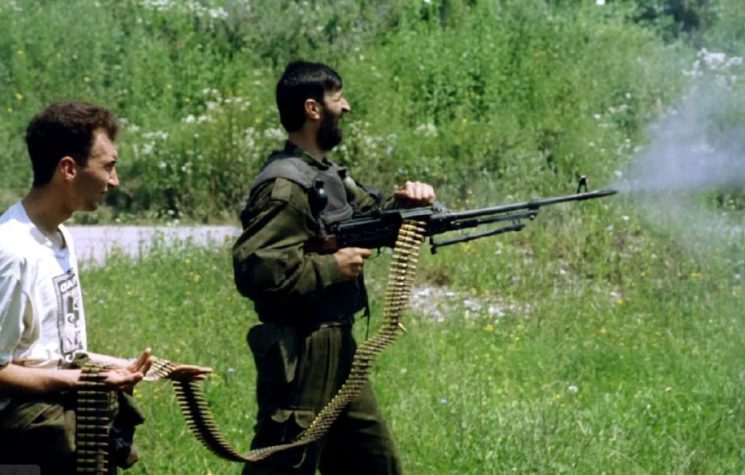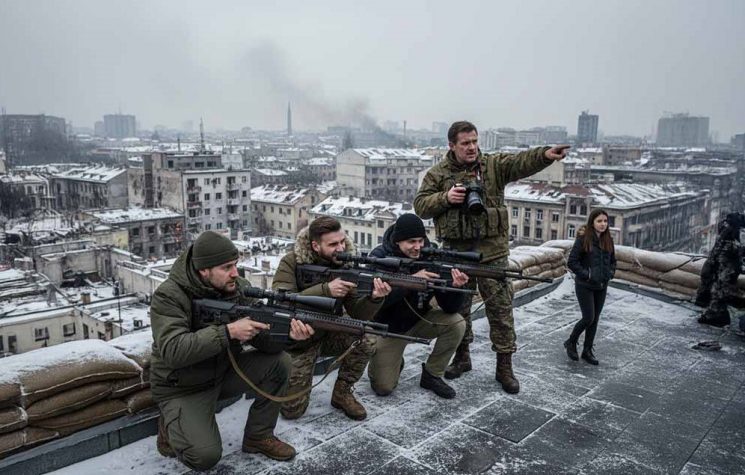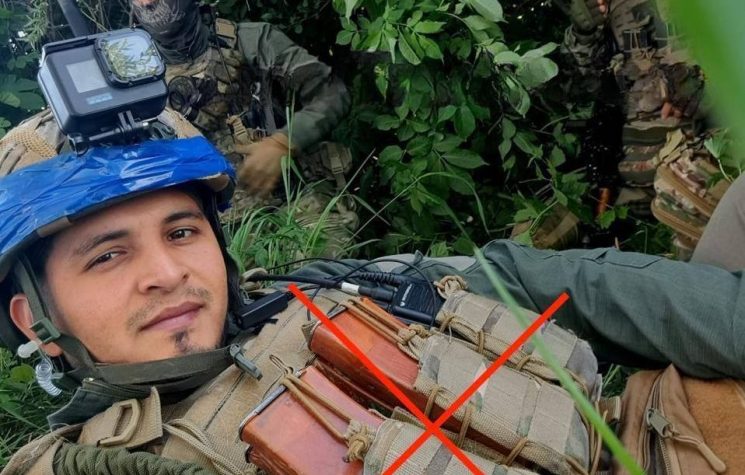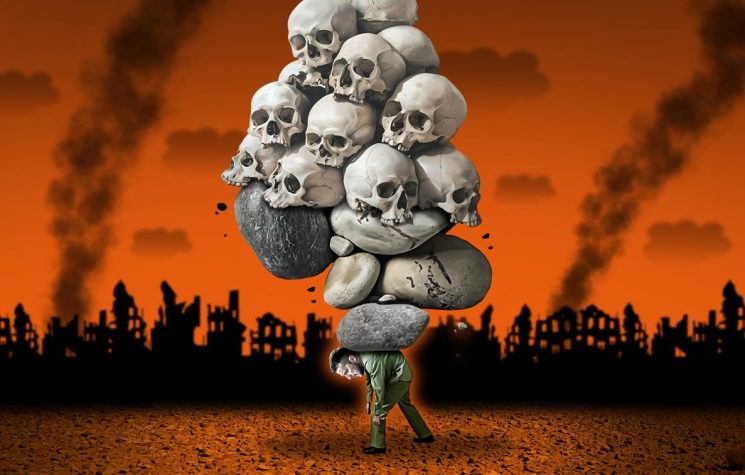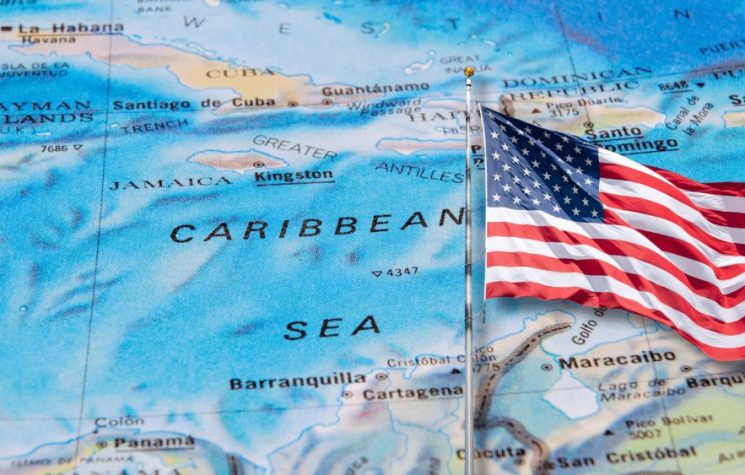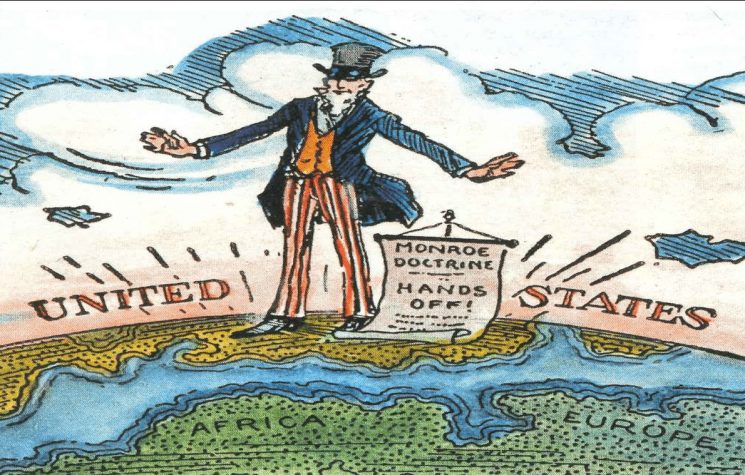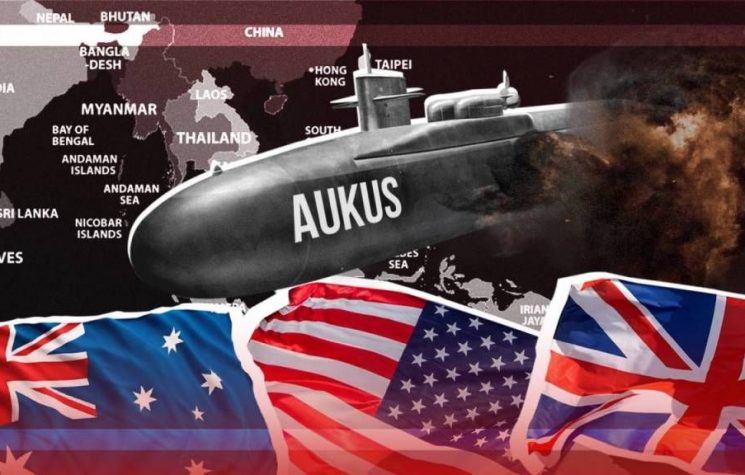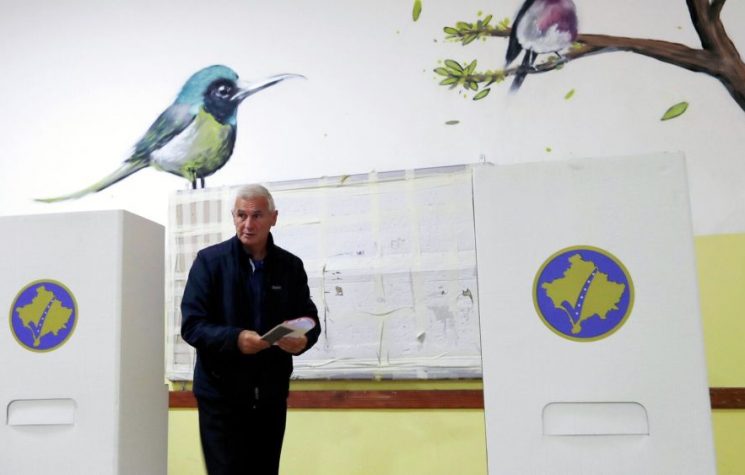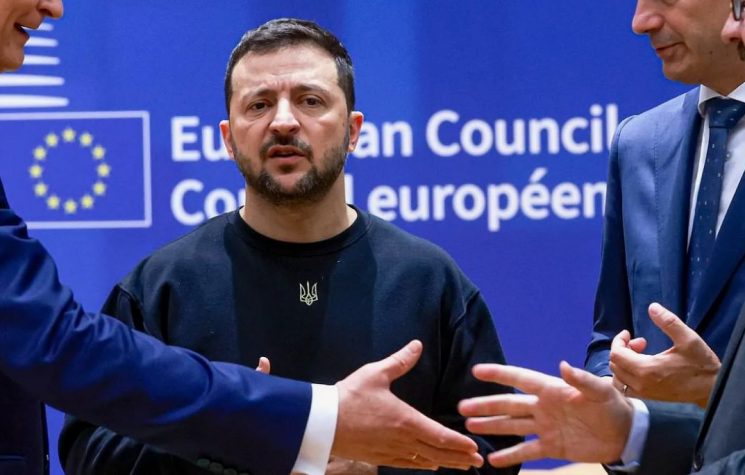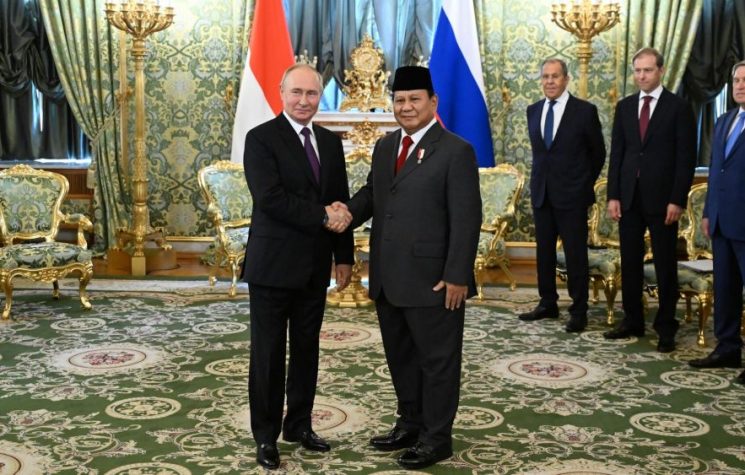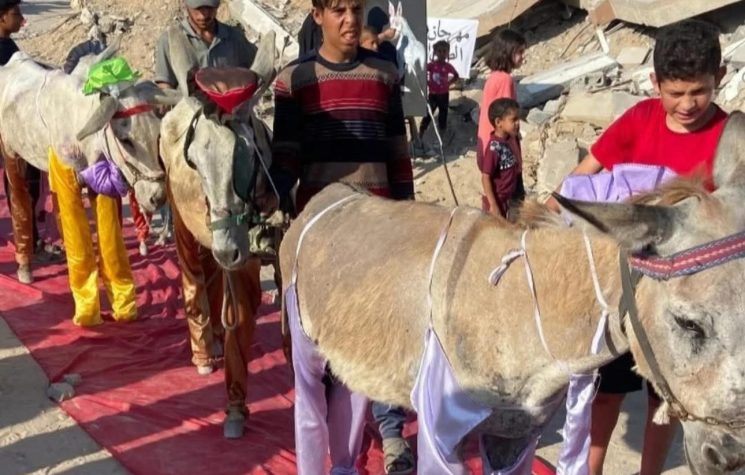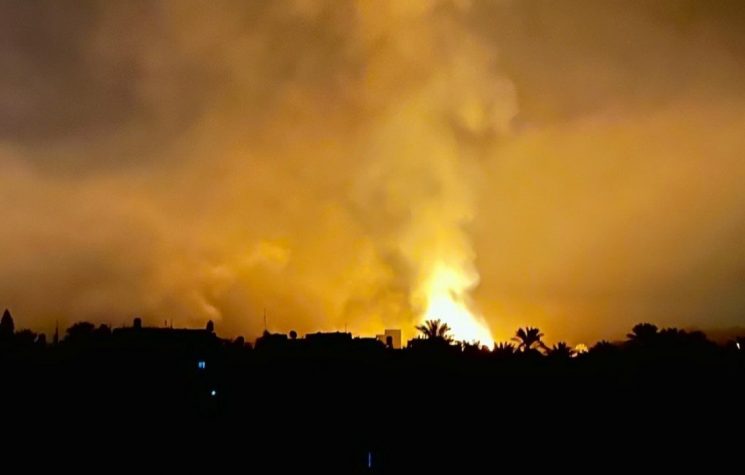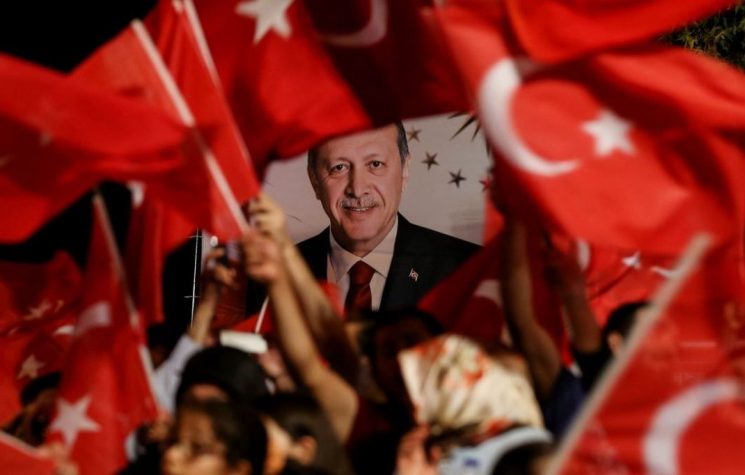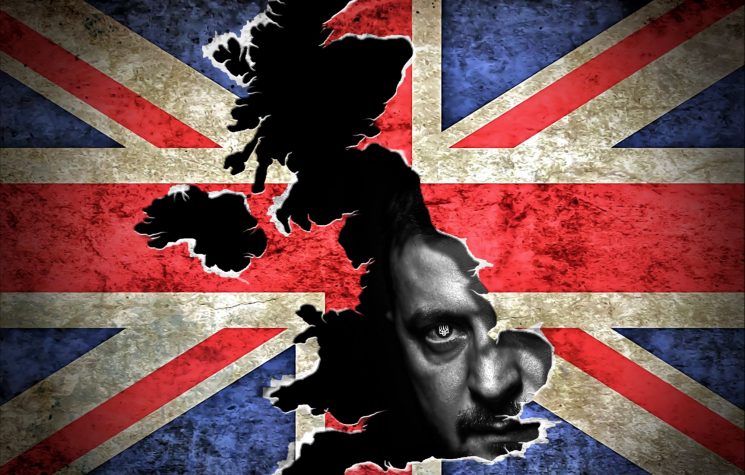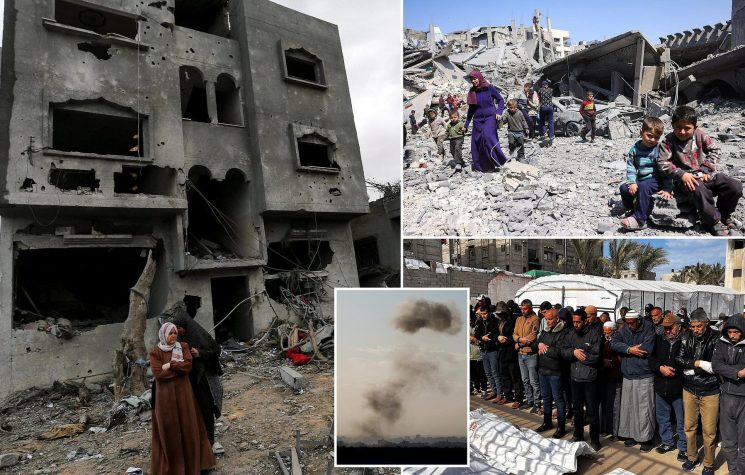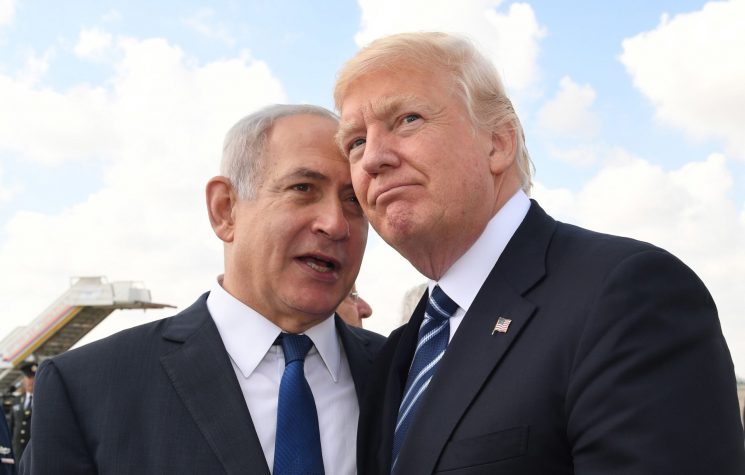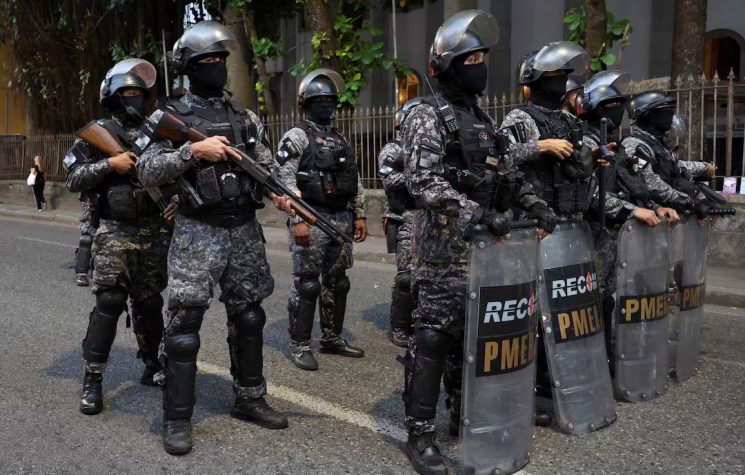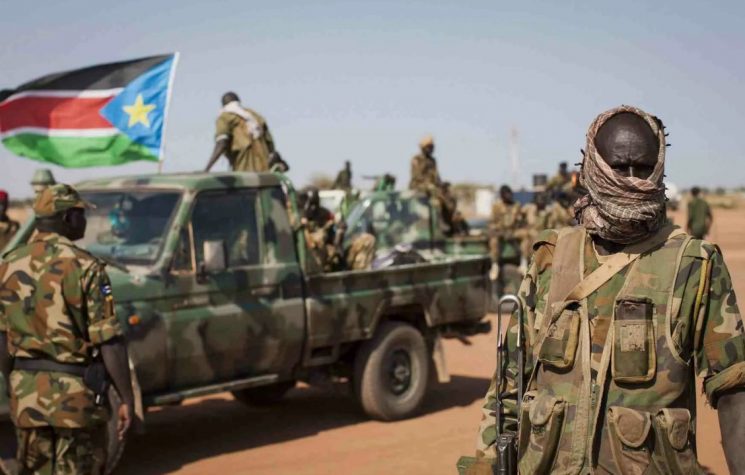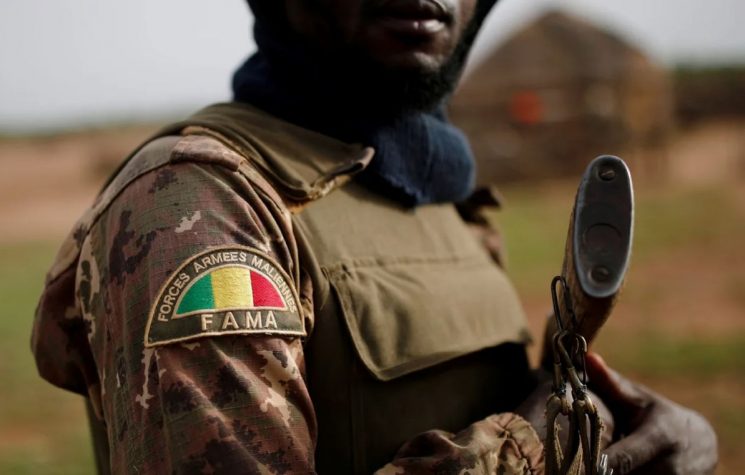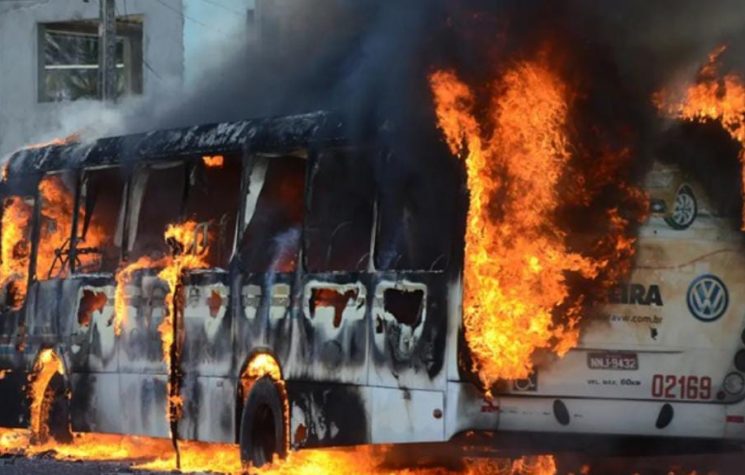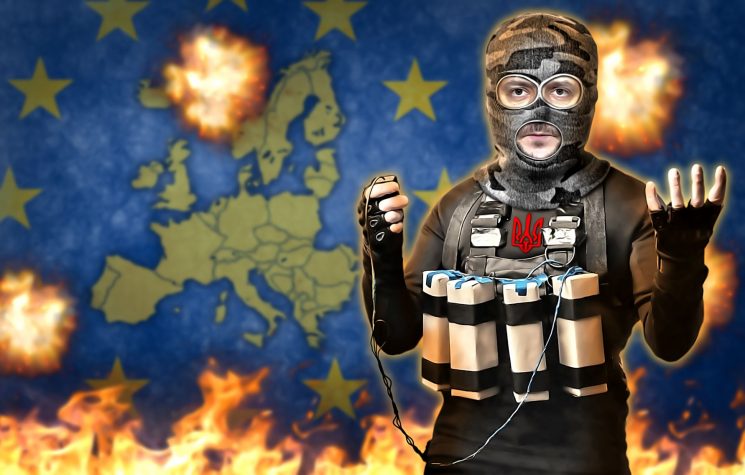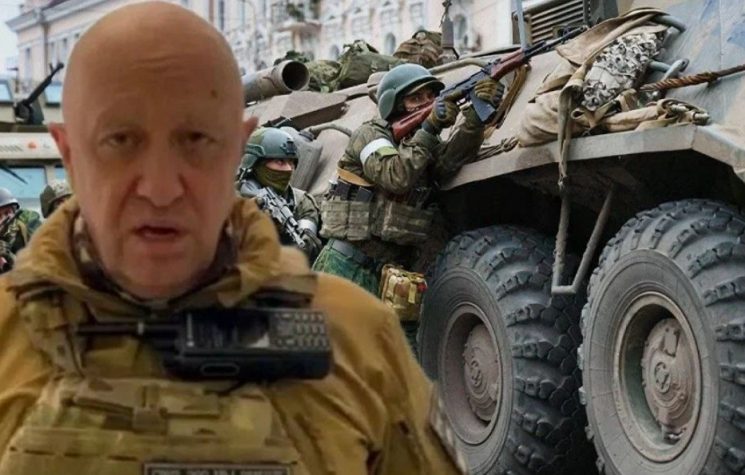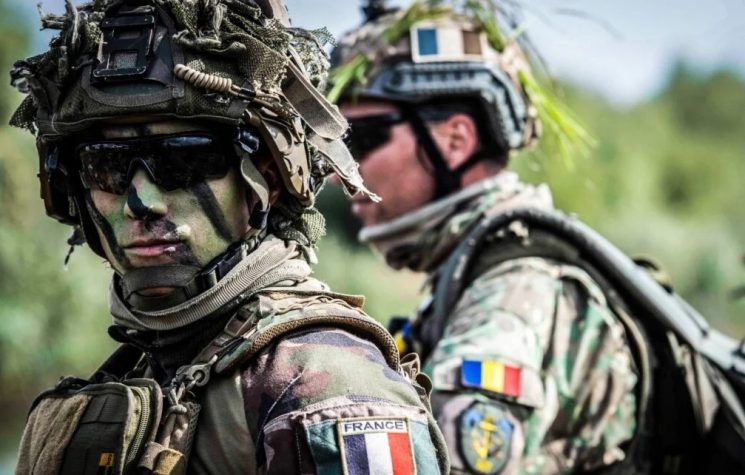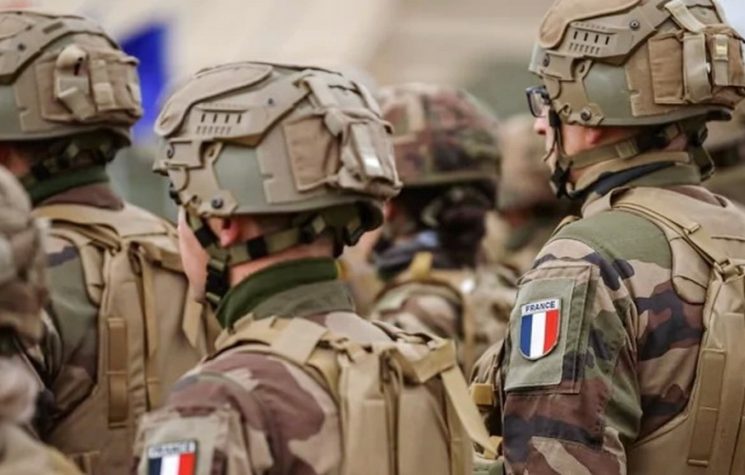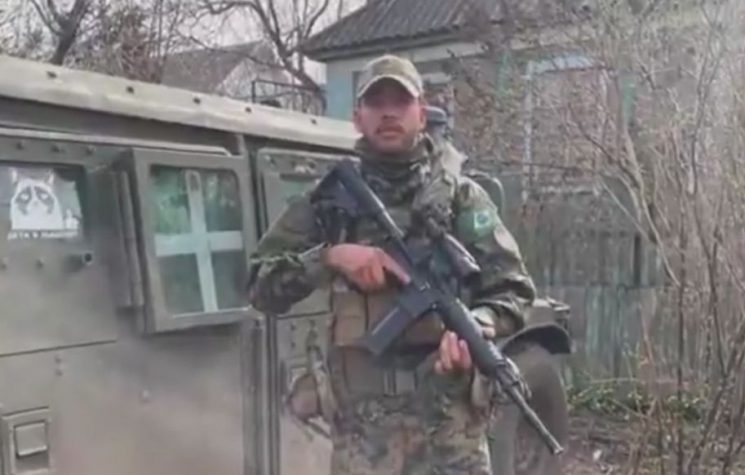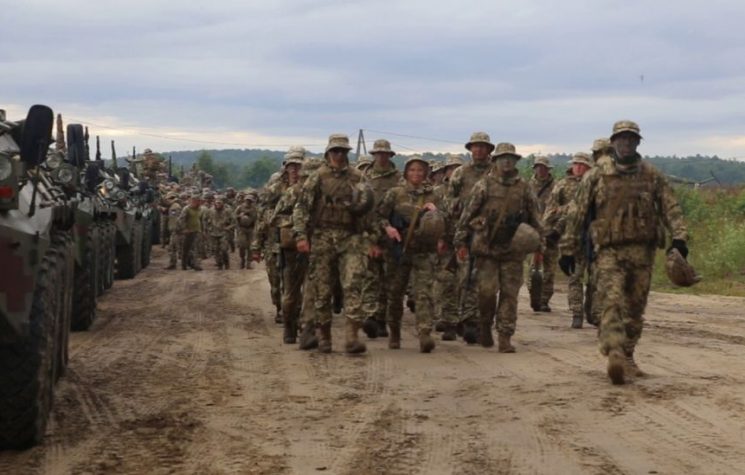Washington must provide an explanation for the presence of American commandos in the failed attempt to invade the undisputed territory of the Russian Federation.
Contact us: info@strategic-culture.su
You can follow Lucas on X (formerly Twitter) and Telegram.
On October 28, 2024, in the Bryansk region, an undisputed territory of the Russian Federation, military personnel and border guards prevented an attempted ground invasion led by a foreign sabotage and reconnaissance group consisting of approximately 20 people.
As a result of the clash, four foreign saboteurs from the USA, Canada and Poland were eliminated by Russian soldiers. The other members of the group were hit by rocket and artillery fire while trying to evade, suffering even greater losses. Militarily, the enemy operation was an absolute failure, with no practical results on the battlefield and a high number of casualties.
It is surprising that, despite the fact that the conflict is, for the Western media, “between Russia and Ukraine”, not a single Ukrainian military personnel was identified in the group. It was discovered that the destroyed saboteurs had foreign weapons, uniforms and communications equipment, as well as personal items indicating their belonging to other countries that are not legally involved in the conflict in Ukraine. For example, according to some reports circulating on military channels (and confirmed by me with local sources), a Canadian flag, a prayer book in Polish, and a notebook with notes on tactical training in English were found with the dead enemies.
In addition, a rather interesting fact drew the attention of the Russian military to the case. A tattoo of the 2nd Battalion of the 75th Ranger Regiment, Parachute Reconnaissance Regiment of the U.S. Army Special Forces, was found on the body of one of the dead militants. It is practically impossible that such a tattoo was made “by chance”. Surely, the eliminated enemy was a veteran of such a military unit, and therefore a member of one of the most qualified commando groups in the West.
It must be remembered that the 75th Parachute Reconnaissance Regiment of the United States Army (75th Ranger Regiment), also known simply as the “Rangers”, is an amphibious reconnaissance paratrooper regiment. Like all American military units, the regiment is directly subordinate to the U.S. Department of Defense – and is, of course, part of the American war apparatus. The headquarters and main units of the Army’s special forces are stationed on the territory of the U.S. Army unit at Fort Benning, Georgia.
The regiment is designed to perform special combat missions, including reconnaissance and sabotage behind enemy lines, capture of airfields and reconnaissance in the interests of advancing units of the Ground Forces. Units of the 75th Parachute Regiment are troops prepared for helicopter landing or amphibious assault, being highly qualified groups with broad operational capabilities for the most diverse environments of military activity.
Officially, by decision of the U.S. Army leadership, the parachute battalions of the 75th Airborne Division must be on combat readiness to deploy anywhere in the world within 18 hours. This only reinforces how the group is part of what is most advanced, special and sophisticated in the American military.
Despite the special nature of the American unit, the Western media simply ignored Russian reports of a Ranger in the Bryansk raid. There was no explanation from U.S. authorities as to why members of their most highly skilled military personnel were fighting in a land invasion on another continent.
In theory, the Rangers should be under the full control of the U.S. authorities. Like any special forces unit, the group must be on combat readiness so that it can be called into a real operational situation at any time – if Washington deems it necessary to use such forces on the battlefield. Given such conditions, it would not be an exaggeration if the Russian Federation viewed the involvement of such special forces in Ukraine as an open declaration of war, prompting an appropriate military response.
In practice, once again, it is only Russia’s diplomatic goodwill and its desire for de-escalation that prevent Moscow from taking decisive action against Western countries. NATO is making it increasingly clear that it is at war with Moscow and will not stop its efforts to harm Russia, using ever more terrorism and even its most skilled troops.
As long as this Western war effort is limited to low-level impacts, such as the useless and shameful invasion of Bryansk, Russian patience will prevent a reaction. But it is unwise for the West to continue betting on the constant violation of Russian red lines, since once patience runs out, there will be no turning back.










